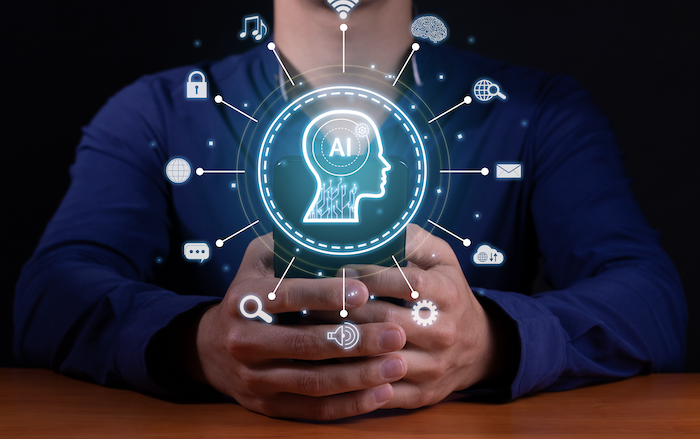Introduction
In this part of the series, we examine the contrasting roles of neural networks and wantware in technology deployment—where traditional AI focuses on automating processes, wantware aims to augment and enhance human capabilities. This distinction highlights the core philosophy of the “Superset Approach,” where wantware does not seek to replace human input but to amplify it through intelligent integration with neural network capabilities.
1. Automation vs. Augmentation:
- Overview: Neural networks are often designed to automate tasks, learning from vast amounts of data to perform specific functions without human intervention.
- Contrast with Wantware: In contrast, wantware is designed to augment human intelligence by enhancing decision-making processes and amplifying human creativity. It does this by interpreting user intent more effectively and applying neural networks within a broader framework to support human activities rather than supplant them.
2. Real-Time Interaction and Adaptation:
- Generative AI Example: Consider the application of generative AI models like GPT, which automate content creation but can often produce contextually inappropriate or erroneous outputs.
- Application of Wantware: Wantware addresses these challenges by applying Meaning Coordinates to guide and adjust the outputs of neural networks in real time, ensuring that they align more closely with user expectations and situational demands. This capability not only reduces errors but also enhances the relevance and utility of automated processes.
3. Seamless Integration with Human Workflows:
- Overview: One of the challenges with neural networks is their integration into existing human-driven workflows, where they can sometimes disrupt rather than enhance operations.
- Role of Wantware: Wantware facilitates the seamless integration of AI technologies by ensuring they complement and extend human capabilities. This approach allows individuals and teams to leverage advanced AI tools without needing extensive training or changes to their working methods, thus maintaining continuity and enhancing productivity.
4. Ethical and Empowering Use of AI:
- Overview: The deployment of neural networks has raised ethical concerns, particularly regarding transparency and decision-making processes.
- Advantage of Wantware: Wantware enhances the ethical use of AI by making neural network decisions more transparent and aligned with human values, thanks to its use of Meaning Coordinates. This not only helps in mitigating biases but also ensures that AI supports ethical standards, making it a trustable partner in various applications.
Conclusion
The “Superset Approach” of wantware does not merely automate but elevates the human experience by enhancing cognitive and creative abilities. By integrating neural networks into its framework, wantware ensures that these technologies serve to augment human intelligence, providing support where needed and stepping back where necessary. This strategy not only maximizes the benefits of AI but also preserves the irreplaceable value of human insight and creativity in the digital age.
As we continue our exploration into the convergence of neural networks and wantware, Part 5 shifts the focus towards the ethical implications and future impacts of these technologies. This section delves into the critical ethical challenges that arise with AI, such as bias in decision-making and the often opaque nature of algorithms. We’ll examine how the “Superset Approach” not only recognizes these issues but actively addresses them by integrating neural networks in a way that prioritizes transparency and user control. Through this discussion, we aim to highlight how wantware’s methodology enhances the responsible use of AI, ensuring that these powerful tools benefit all of society without compromising ethical standards.







Leave A Comment